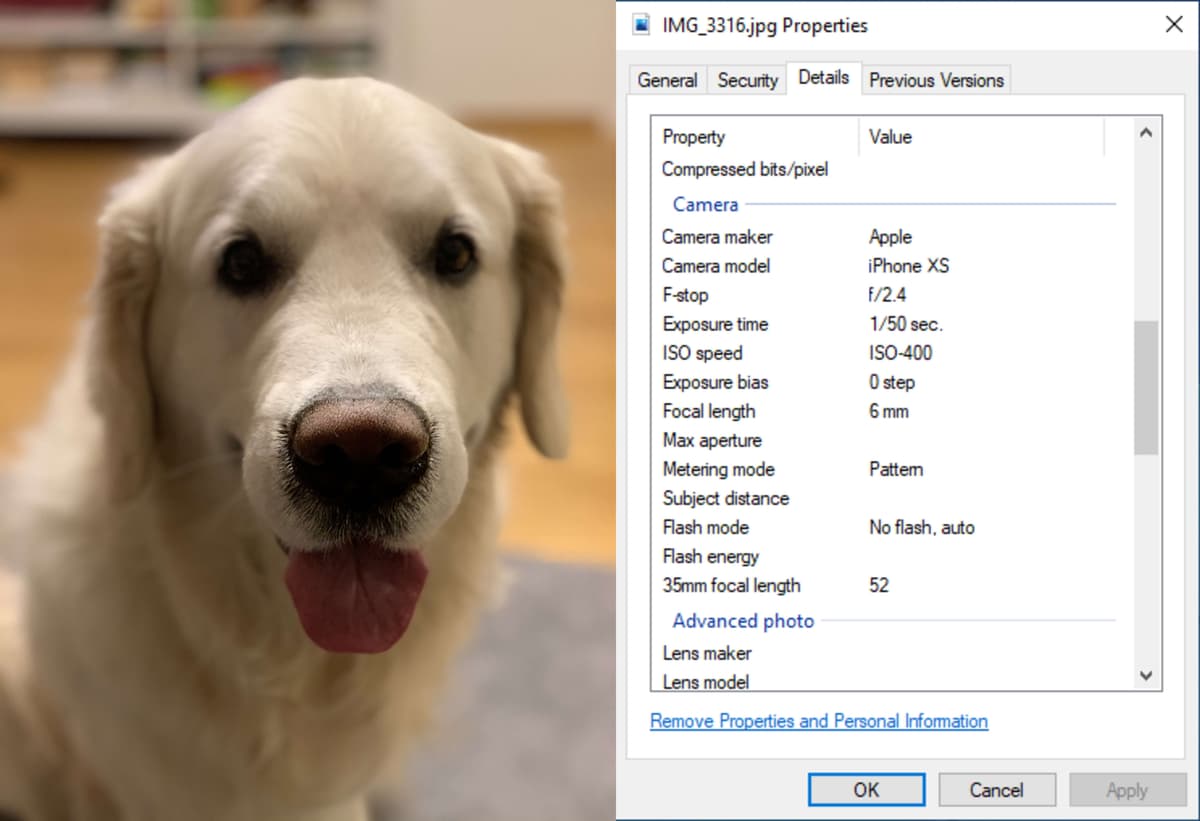Free license: where to find images that you can use freely
We all operate under the premise that most small copyright infringements are not malevolent. After all, if an artist found their work using Copyseeker and came to you with an infringement claim, they’re within their right to do so. Even if you attribute the artist on your social media or website, you must always ask them first before sharing.
However, it’s understandable that sometimes, you just need images to supplement your work. After all, walls of text can be daunting to read. So, in this blog post, we have compiled a list of places you can find beautiful pictures and illustration you can use without worrying about copyright infringement. A fair warning that it’s not all cut and dry. There are some aspects of free license you should be aware of and we’ll start of by covering those.

Creative Commons licenses
These are licenses that let creators distribute what would be defined as copyrighted work. Under Creative Commons, photographers and other artists that want their work to be free to use – with some restrictions – can use this license. It gives control over how the image should be shares, while still keeping it open source.
So, for example, you can use a picture of an artist, but cannot apply filters and MUST attribute the artist. Creative Commons offer various types of licenses that an artist can use to control the way their work is shared. The tool provides a link free of charge that gives the user information about image usage and how to credit the artist. It’s a great community, working to have more art open and properly attributed.
Public Domain images
These are the images that have no copyright over them, or it has expired. It also includes images and illustrations that artists have released under free license. There are many wonderful collections out there that allow the use of images under free license. Some of them you can find here:
The British Library – 17th, 18th and 19th century illustrations, letters, paintings, maps and other wonderful resources. You can find over a million such pictures on Flickr that you use, reuse and remix as you see fit. It’s a generous stock of historic images that anyone can access.
The Internet Archive – a VAST collection of works and resources for public domain. The number is so big, it can be a challenge to find images that you are looking for. The selection is massive, but indexed by topic and collection. If you can’t find what you need there, the Internet Archive also has over 5 million images captured from books and stored on Flickr.
Wikimedia Commons – this is a project that compiles one of the biggest collection of public domain images that can be found online. They are sorted by country and they have a selection of their favorites. If you’re wondering about the name – Wikimedia – yes, it’s built on the Wikipedia platform. This is where we have to issue a warning about the user interface. It’s not easy to comb through 33 million files that they have indexed. However, we encourage you to try and master this tool, as it’s a great resource where you won’t need to worry about copyright ever in your life.
NASA – an unexpected provider of incredible views of our universe. They library is brimming with pictures that the agency has released into public domain for everyone to admire and use. You can easily filter pics by year in their own library, or find them on good old Flickr.
Websites like Pixabay, Unsplash, Pexels and Freepik offer a wide range of free-license pictures and graphic illustrations. In some cases, this includes PSD and vector files that will allow you to remix assets for your needs. Between them, there are over a million resources available to be used for free. Sites like Freepik also encourage their users to provide a link to the free license that you used, in order to credit the hard-working artist who released it into the free domain.
Credit where credit is due
Even if you’re using a public domain picture, take time to credit the artist or the organization that provided you with the resource. It takes you a minute to put a link into the meta description of your website, or to tag them on social media. Behind every picture, there are people that worked hard on it and they deserve credit where it is due.
Latest Blog Posts

Reverse image search - things you should know
Dive into the intriguing world of reverse image search. This guide illuminates its mechanics, benefits, and myriad applications. Learn how it empowers digital investigation, from validating image origins to discovering visually similar content.

EXIF Data: Understanding, Finding, Using, and Removing It
EXIF is the data from camera settings stored in an image file. This data includes settings like shutter speed, max aperture, ISO, white balance, camera model and make, flash mode, metering mode, focal length, and more.
How to Reverse Image Search on iPhone?
Reverse image search is a valuable tool for finding the original source of an image, verifying its authenticity, or discovering similar images. This article will walk you through the process of performing a reverse image search on your iPhone.
Why Copyseeker still the best reverse image search engine?
As the landscape of reverse image search engines continues to evolve, one platform consistently outshines its competitors – Copyseeker. In 2022, it was recognized as the best, and it has only upped its game since then.